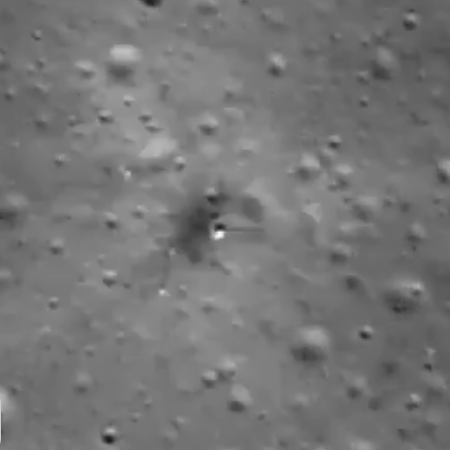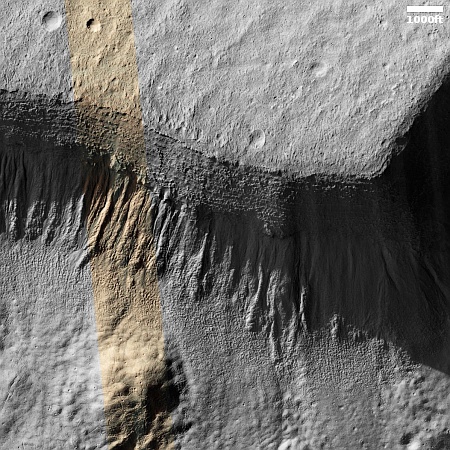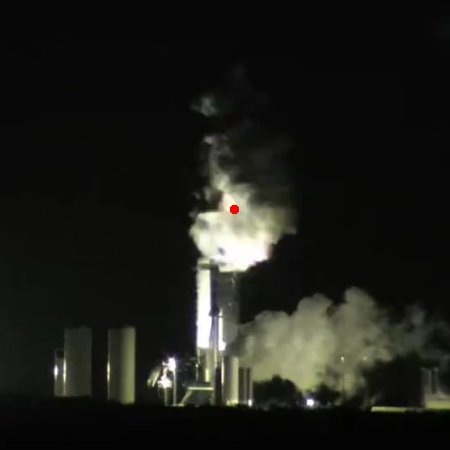Scientists discover unexpected mineral in Ryugu asteroid sample
Scientists analyzing the samples brought back from the rubble pile asteroid Ryugu by Japan’s Hayabusa-2 spacecraft have now discovered an unexpected mineral, dubbed djerfisherite, that the formation theories of the asteroid say should not be there.
“Djerfisherite is a mineral that typically forms in very reduced environments, like those found in enstatite chondrites, and has never been reported in CI chondrites or other Ryugu grains,” says first and corresponding author Masaaki Miyahara, associate professor at the Graduate School of Advanced Science and Engineering, Hiroshima University. “Its occurrence is like finding a tropical seed in Arctic ice—indicating either an unexpected local environment or long-distance transport in the early solar system.”
At present the scientists propose two hypotheses for explaining the mineral. Either it came from another asteroid as Ryugu was congealing, or it formed in Ryugu when conditions raised its temperature above 350 degrees Celsius. The researchers now favor the latter theory, even though the generally accepted histories of Ryugu’s formation never included such conditions.
Scientists analyzing the samples brought back from the rubble pile asteroid Ryugu by Japan’s Hayabusa-2 spacecraft have now discovered an unexpected mineral, dubbed djerfisherite, that the formation theories of the asteroid say should not be there.
“Djerfisherite is a mineral that typically forms in very reduced environments, like those found in enstatite chondrites, and has never been reported in CI chondrites or other Ryugu grains,” says first and corresponding author Masaaki Miyahara, associate professor at the Graduate School of Advanced Science and Engineering, Hiroshima University. “Its occurrence is like finding a tropical seed in Arctic ice—indicating either an unexpected local environment or long-distance transport in the early solar system.”
At present the scientists propose two hypotheses for explaining the mineral. Either it came from another asteroid as Ryugu was congealing, or it formed in Ryugu when conditions raised its temperature above 350 degrees Celsius. The researchers now favor the latter theory, even though the generally accepted histories of Ryugu’s formation never included such conditions.



 <
<

